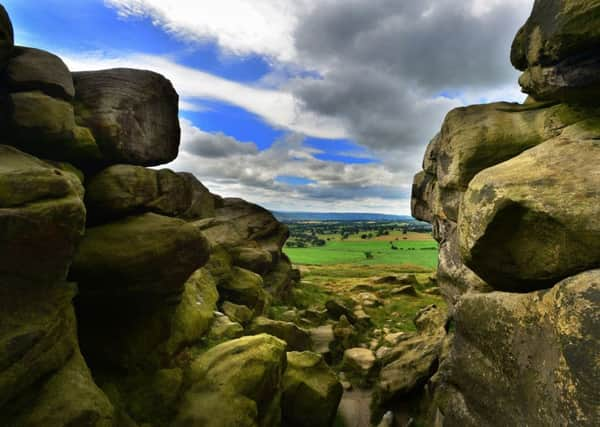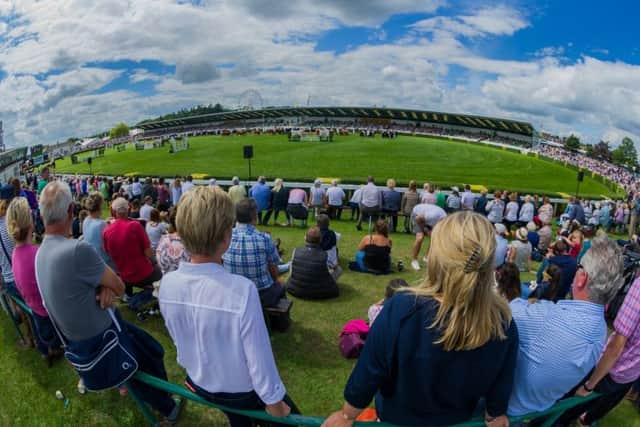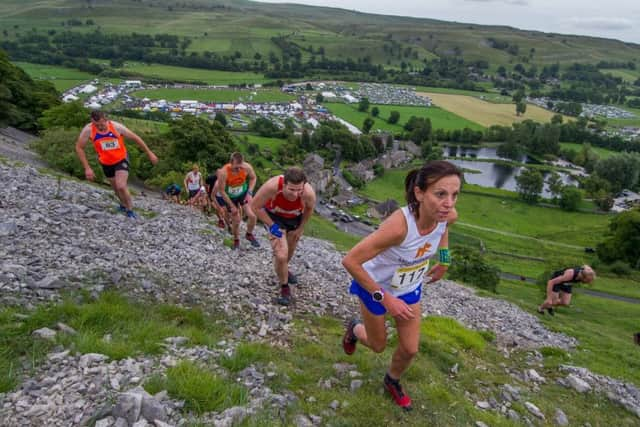How politics, prices and shows shaped agriculture in 2017


At the mercy of the elements and the winds of political change, the industry has once again enjoyed a calendar year of mixed fortunes.
Land prices have at best been stationary and there is evidence of some areas of a modest fall, with vendors of “second quality” farmland in some cases left unable or unwilling to sell up, report farm business consultants Andersons.
Advertisement
Hide AdAdvertisement
Hide AdFor most sectors, 2017 has continued to see the better returns experienced in the second half of last year, largely due to the weakening effect that the EU referendum outcome has had on the pound.


Andersons predict that when the Government publishes its annual measure of farm profitability there will have been “a significant recovery in profitability in 2017 compared to 2016”, and that farm profits may even be up on average by as much as 30 per cent compared to a year earlier.
Evidence of a prolonged post-referendum honeymoon for farming is suggested in this projected figure but a delicate situation exists. Only once farmers finally have a sense of trade arrangements with the EU will there be some confidence in how they should develop their businesses for the future.
Politically, 2017 was the year that the Environment, Food and Rural Affairs department finally got the type of high-profile appointment it has longed for. A government minister who is seen to hold a sway at the Cabinet table. In June, Environment Secretary Andrea Leadsom was swept aside and replaced by the divisive figure of Michael Gove, as the then newly installed Prime Minister Theresa May made her mark with a notable reshuffle of top ministers.
Advertisement
Hide AdAdvertisement
Hide AdSome past incumbents charged with the rural brief have been viewed within the industry as lightweight. Mr Gove set himself out to be known in his new role with a tour of summer agricultural shows which included a visit to the Great Yorkshire Show in Harrogate.


Since then he has rarely been far from the headlines, seemingly at odds with International Trade Secretary Liam Fox over any trade deal with the US that would see chlorine-washed chicken imported into the UK. Mr Fox dismissed the issue as a “detail” of any agreement, whereas Mr Gove suggested the UK will not compromise on high animal welfare standards.
Ever since his appointment, the words “Green Brexit” have informed his dialogue with farmers and what is clear is that after government protection ends for current levels of agricultural support payments in 2022, there will be a new system whereby direct support is capped and more of a share is linked to on-farm environmental enhancement and the delivery of public good.
There is some unease about how farming fits in Mr Gove’s plans, not least because of a lack of detail, for now, about how a new system of support would actually work. There is the context around this new system to consider too. Unresolved issues around a supply of foreign labour and trade access to both the European single market and other countries around the world will also dictate whether Brexit was the right intervention for British farming.
Advertisement
Hide AdAdvertisement
Hide AdAs if to perfectly illustrate the contempt for which some in farming have for the EU decision making process, indecision over whether the world’s most widely used weedkiller, glyphosate, should be relicensed finally led to a climbdown to just a five-year reauthorisation, despite earlier European rulings that dismissed its link to cancer.


Away from the politics and 2017 brought many countryside highlights locally.
The second day of the Great Yorkshire Show attracted a record crowd as the event pulled in 133,542 visitors overall, while the highlight of the East Yorkshire show season, Driffield Show, was attended by about 25,000 people, proving that it too is in rude health.
A highlight from the shows for this correspondent was being privy to the reunion of an array of locally celebrated former crag race champions at the 120th Kilnsey Show in August. These were former winners going back to the 1950s, many of whom dominated an awe-inspiring sport for long periods at a time. Among them were former British fell running champion Kenny Stuart and five-times winner John Atkinson, and rivals Tommy Sedgwick and Fred Reeves who held a firm grasp on the race’s top spots for a decade between 1969 and 1979.
Advertisement
Hide AdAdvertisement
Hide AdFor Country Week, this has been a special year too. We have championed The Yorkshire Post’s inaugural Rural Awards, an event we are keen to build on in the coming year. The smiles on the winners’ faces made all the build up worthwhile.


These pages also underwent an overhaul with a new look and fresh regular material as the likes of North Yorkshire vet Julian Norton joined our stable of writers in the spring.
We have been blown away by feedback from readers since and were delighted to see Country Week named Best Magazine in Yorkshire at this year’s 02 Media Awards.
A fascinating 12 months lie ahead and Country Week will continue to strive to bring our readers the most comprehensive package of rural news, views and features from across the region.